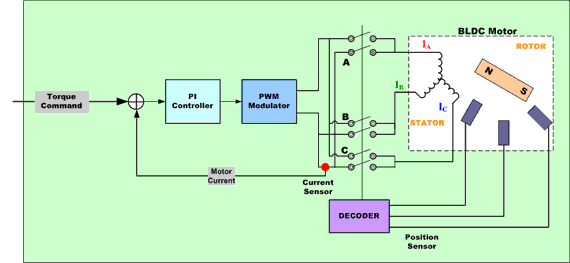Various cooling agents and methods are in use today as part of the thermal management of EV batteries. Among these are air cooling, the use of flowing liquid coolants, or direct immersion. The lowest cost method for EV battery cooling is with air. A passive air-cooling system uses outside air and the movement of the vehicle to cool the battery. Active air-cooling systems enhance this natural air with fans and blowers. Air cooling eliminates the need for cooling loops and any concerns about liquids leaking into the electronics. The added weight from using liquids, pumps and tubing is also avoided. The trade-off is that air cooling, even with high-powered blowers, does not transport the same level of heat as a liquid system can. This has led to problems for EV in hot climates, including more temperature variation in battery pack cells. Blower noise can also be an issue.
Design of thermal management solutions requires extensive knowledge of cooling systems and the amount of heat generated by cells throughout the battery pack. Engineers must also weigh various trade-offs and factors such as cost, packaging, manufacturability, efficiency, reliability of heat dissipation components, and battery pack as an integrated, modular system. Batteries require a unique range of issues be taken into consideration. First, detailed models and sub-models are needed to simulate the chemical and physical phenomena inside battery cells. Then, these models need to be tied into a system-level model of a battery pack, which can comprise hundreds of cells and cooling circuits. Finally, the battery pack model needs to be integrated with the system model of the entire powertrain and vehicle.

















